The guiro is a perfect “first instrument” to share with young children. It’s incredibly simple and versatile at the same time. In a matter of minutes, a child can be exploring the sounds created by the guiro and making rhythms by rubbing the rasp back and forth or up and down along the surface of the guiro.
What Is A Guiro?
Although you can find similar instruments all over the world, a guiro is an instrument with Latin American roots that was originally made from wood, bone or gourds carved to have a ridged surface. In the picture above you can see a bone guiro from Mexico, a wooden version and a homemade guiro made from a recycled plastic water bottle. Some modern guiros are made of plastic or metal as well.
To play a guiro you rub an object across the ridges on the surface of your instrument. Older guiros often have sharp metal rasps so it can be useful to substitute more child-safe choices. Here are some fun ways to create sound on a guiro. They include hair picks, plastic spoons/forks/sporks, chopsticks, an egg whisk or an unsharpened pencil. Each will create a slightly different sound when used to play the guiro.
Make A Simple Guiro
Since it’s unlikely that you have the perfect dried gourd or an old bone lying around your house, start this musical craft in your recycling bin. Sort through the plastic bottles to see if you have one that has ridges and is sturdy enough to use in this project.
Although your plastic bottle guiro is ready to play “as is”, you can also add some decoration inside the bottle and seal it up before you begin to play. You can look for things like confetti or colorful paper shreds. Or you can choose to add objects that will make the bottle work as a rattle as well. To make a guiro that doubles as a rattle, add a small amount of any on-hand material such as bird seed, beads, pebbles or dried beans, rice or pasta.
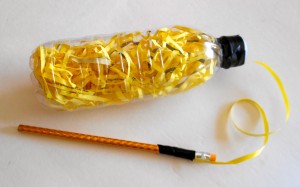 If you’ve add anything to the inside, it’s a good idea to seal the bottle with a strong tape; such as electrical tape, so the contents will stay inside and keep the bottle from being opened when played. You might even want to attach your rasp to the guiro with some colorful ribbon or yarn as in the example here
If you’ve add anything to the inside, it’s a good idea to seal the bottle with a strong tape; such as electrical tape, so the contents will stay inside and keep the bottle from being opened when played. You might even want to attach your rasp to the guiro with some colorful ribbon or yarn as in the example here
Play Your Guiro!
You’ve probably already figured this out! The guiro is played by scraping back and forth or up and down along the ridges. You can put on some of your favorite music and let your child experiment with what sounds good to them. Or you can learn some basic rhythms together with your child. Here are some fun ways to begin.
Try playing along with a whole song by just scraping down or by just scraping up.
Try playing along with a song by scraping: down/up, down/up, down/up.
Try playing along with a song by scraping:
down/up – down/up/down…, down/up – down/up/down…
Discover the patterns that sound good to your ear or write a new song to go along with a rhythm you’ve just discovered. If you start with this simple and clever little instrument, there’s no telling how much creative musical fun you can have!
Related Links:
![]() See, Hear and Color A Guiro Here:
See, Hear and Color A Guiro Here:
http://www.dariamusic.com/guiro.php
Play Along With A Bilingual Version of La Cucaracha here:

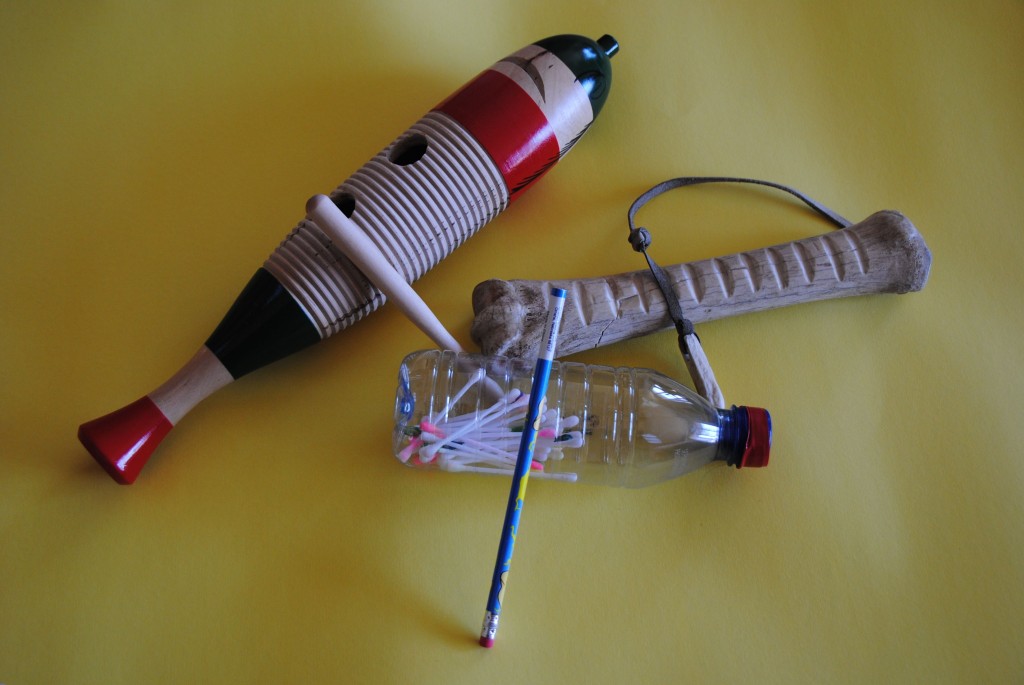
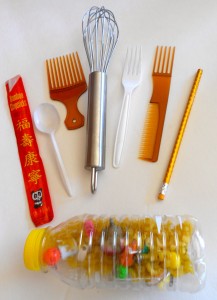
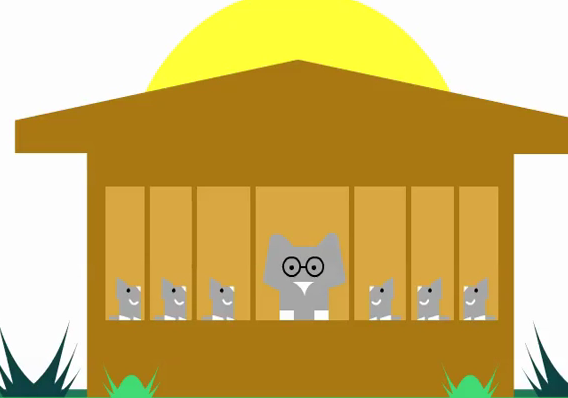
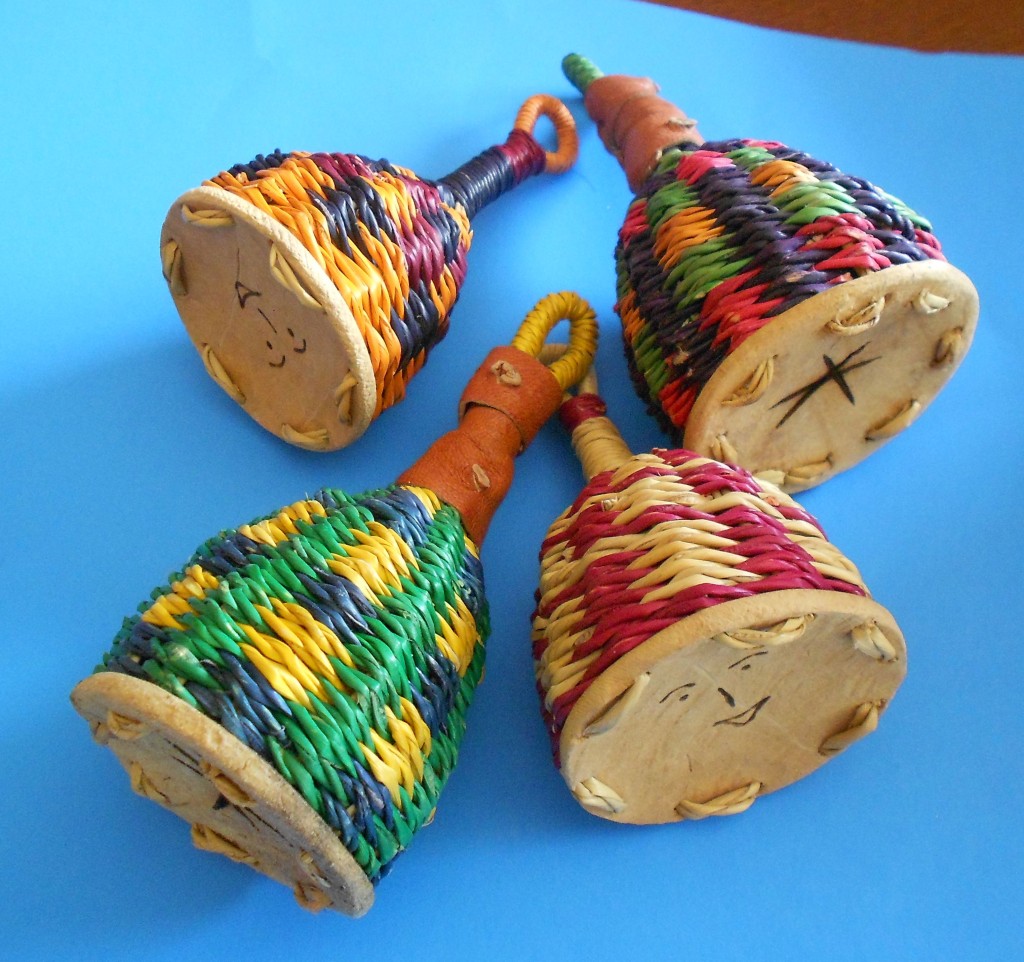
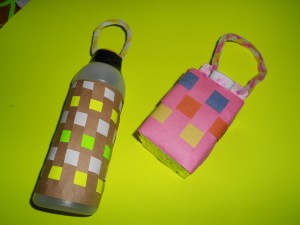
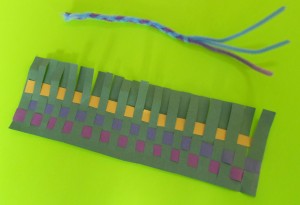
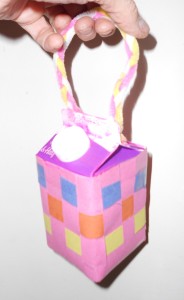
 Almost every parent has had the experience of giving their child a special present and finding that they were more excited about playing with the box. So, why fight it? With the holidays bringing so many different size and shape packages to your doorstep, it’s a great time to have a little musical fun by creating instruments called rattle boxes. If you add textured fabric or paper as you decorate them, it becomes a musical and sensory experience as well!
Almost every parent has had the experience of giving their child a special present and finding that they were more excited about playing with the box. So, why fight it? With the holidays bringing so many different size and shape packages to your doorstep, it’s a great time to have a little musical fun by creating instruments called rattle boxes. If you add textured fabric or paper as you decorate them, it becomes a musical and sensory experience as well! Make Your Box Rattle!
Make Your Box Rattle!  Shake, Rattle and Roll Away!
Shake, Rattle and Roll Away! Have you ever seen Spanish castanets? Traditional ones are beautifully crafted or carved from wood and often painted with themes like the Spanish countryside or elegant dancers. Playing the castanets is a fun way of allowing a child to develop a sense of rhythm, fine motor skills and also a great way to explore the music and culture of Spain.
Have you ever seen Spanish castanets? Traditional ones are beautifully crafted or carved from wood and often painted with themes like the Spanish countryside or elegant dancers. Playing the castanets is a fun way of allowing a child to develop a sense of rhythm, fine motor skills and also a great way to explore the music and culture of Spain.
 This craft is so easy that even an adult can do it! Feel free to learn and play along with your child. Simply put the button castanets between your thumb and first finger and click away. Play fast, slow, or tap back and forth between the left hand and right hand. Click or clack along to a favorite song or rhyme or put on a recording of music that you love. See if you can match the beat you hear or create a new one that works with the song.
This craft is so easy that even an adult can do it! Feel free to learn and play along with your child. Simply put the button castanets between your thumb and first finger and click away. Play fast, slow, or tap back and forth between the left hand and right hand. Click or clack along to a favorite song or rhyme or put on a recording of music that you love. See if you can match the beat you hear or create a new one that works with the song.

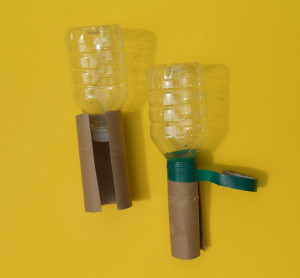
 This week we wanted to share a guest post and a wonderfully simple musical craft and activity from Cari at Time For Play – Button Gloves!
This week we wanted to share a guest post and a wonderfully simple musical craft and activity from Cari at Time For Play – Button Gloves!



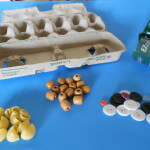
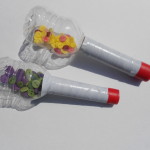
 A
A 
 No matter where you live, you’ve probably heard the song Kumbayah (or Kumbaya). It’s one of those classic folksongs that brings back memories of summer camp, bonfires, campfires or family reunions. And it’s incredibly easy to sing and make new for your family or children. The song starts with a chorus of the main phrase, “Kumbayah”, which means “Come By Here”. In fact, the first title of the song when it was published in 1936 was: “Come By Here”. After that, each verse tells a story that someone is crying, laughing, smiling, etc.
No matter where you live, you’ve probably heard the song Kumbayah (or Kumbaya). It’s one of those classic folksongs that brings back memories of summer camp, bonfires, campfires or family reunions. And it’s incredibly easy to sing and make new for your family or children. The song starts with a chorus of the main phrase, “Kumbayah”, which means “Come By Here”. In fact, the first title of the song when it was published in 1936 was: “Come By Here”. After that, each verse tells a story that someone is crying, laughing, smiling, etc.